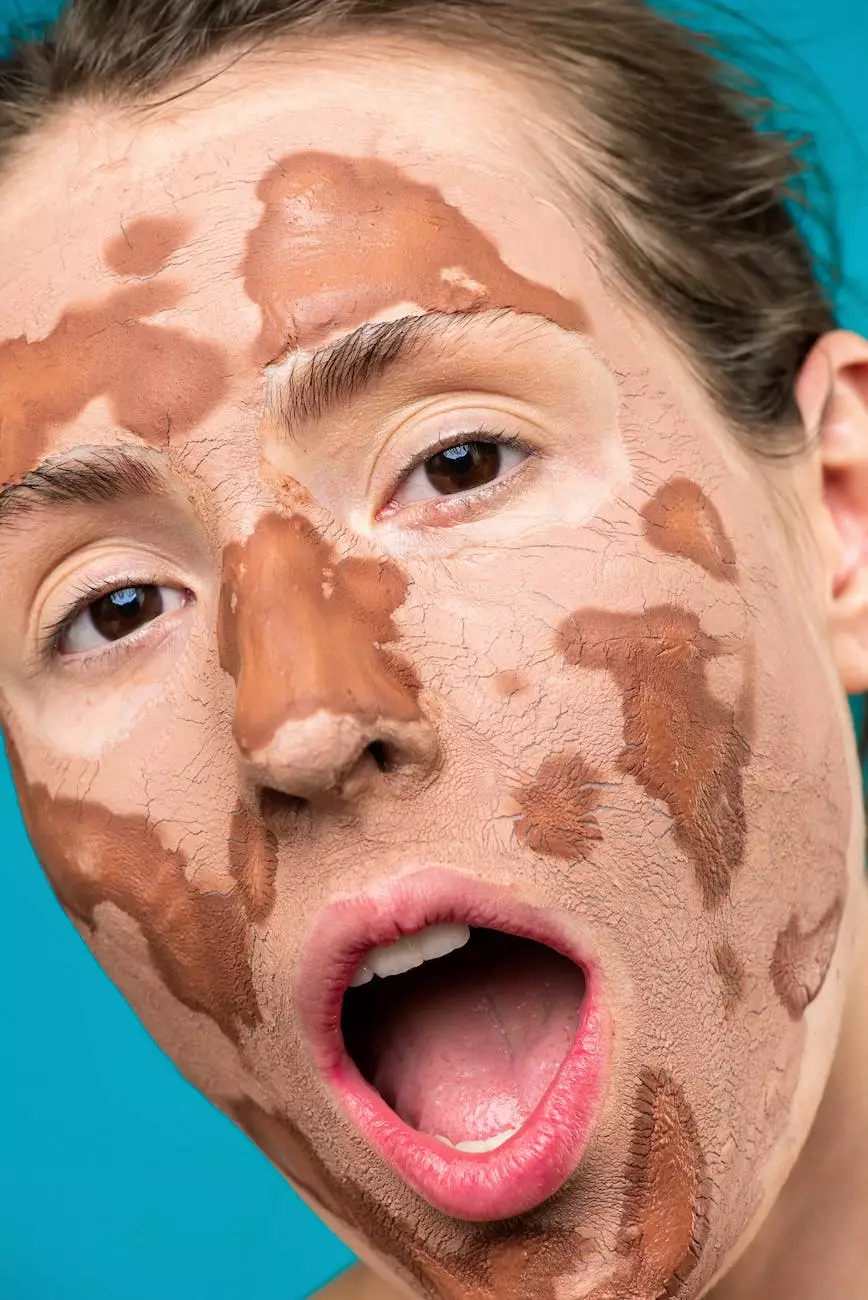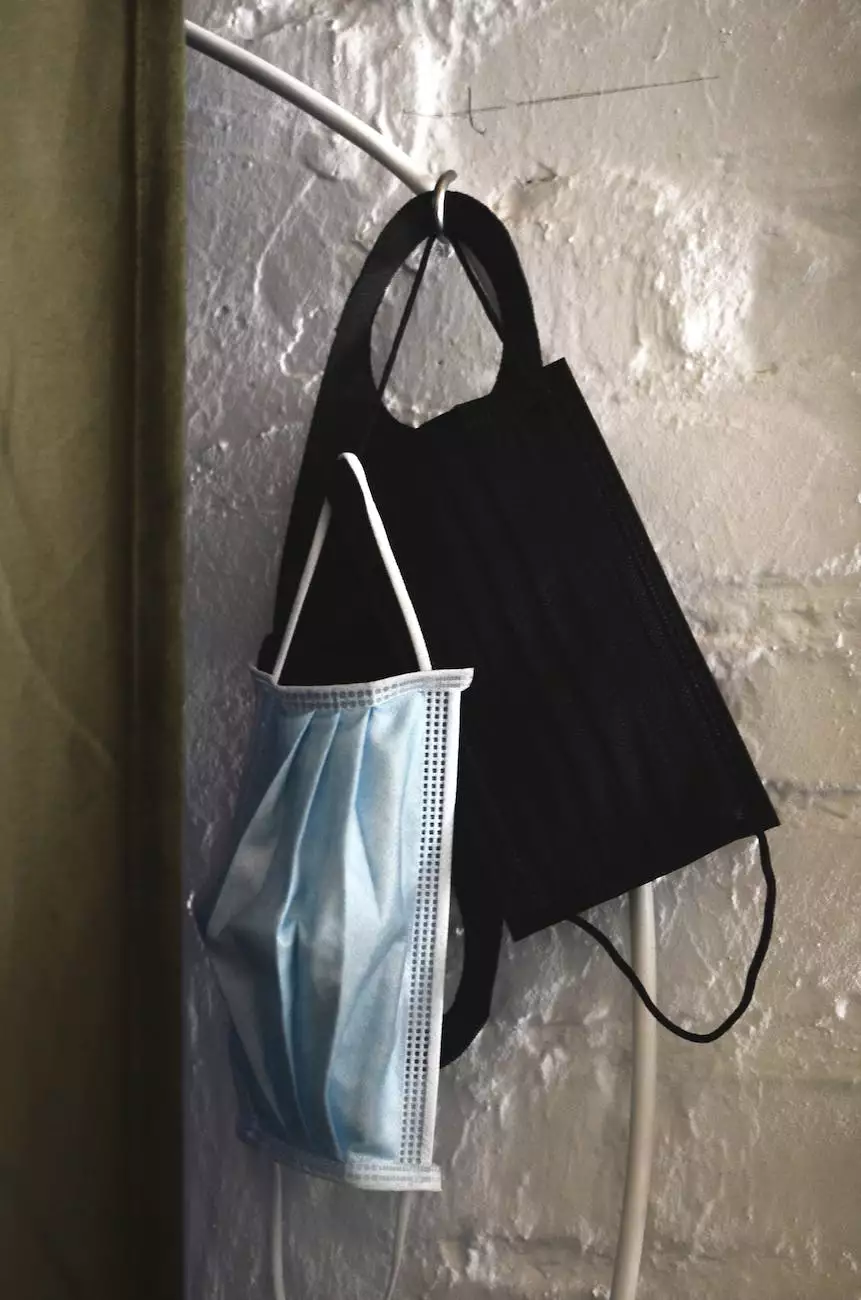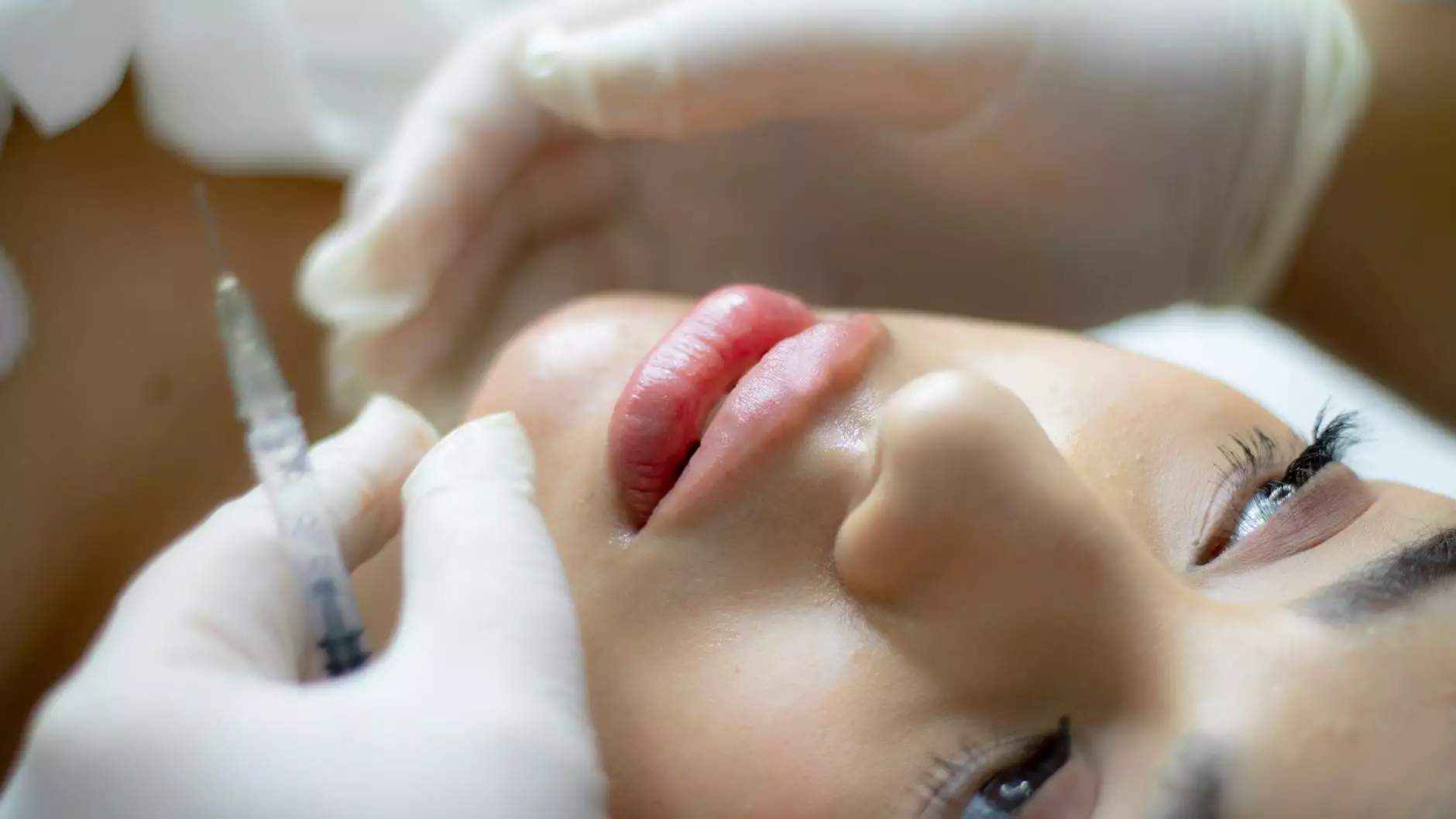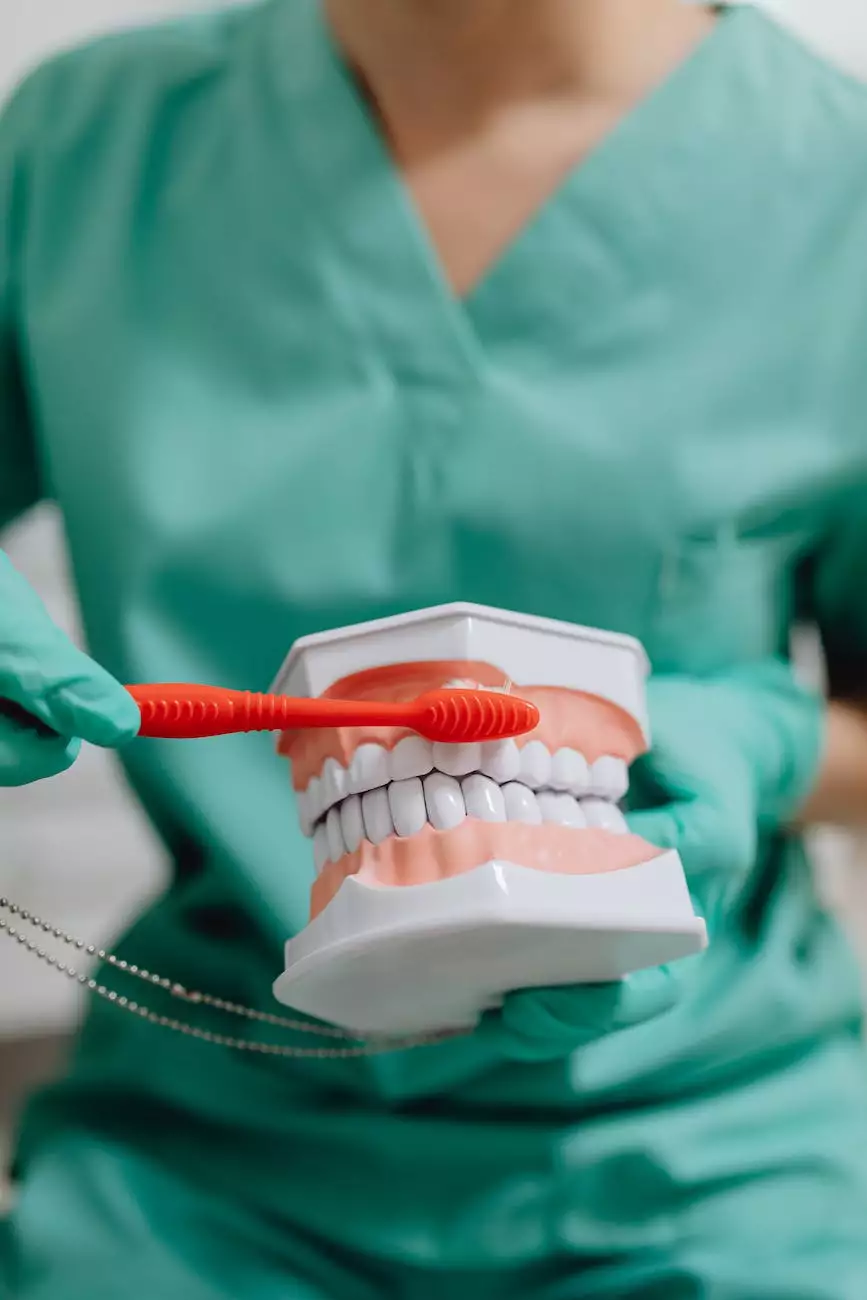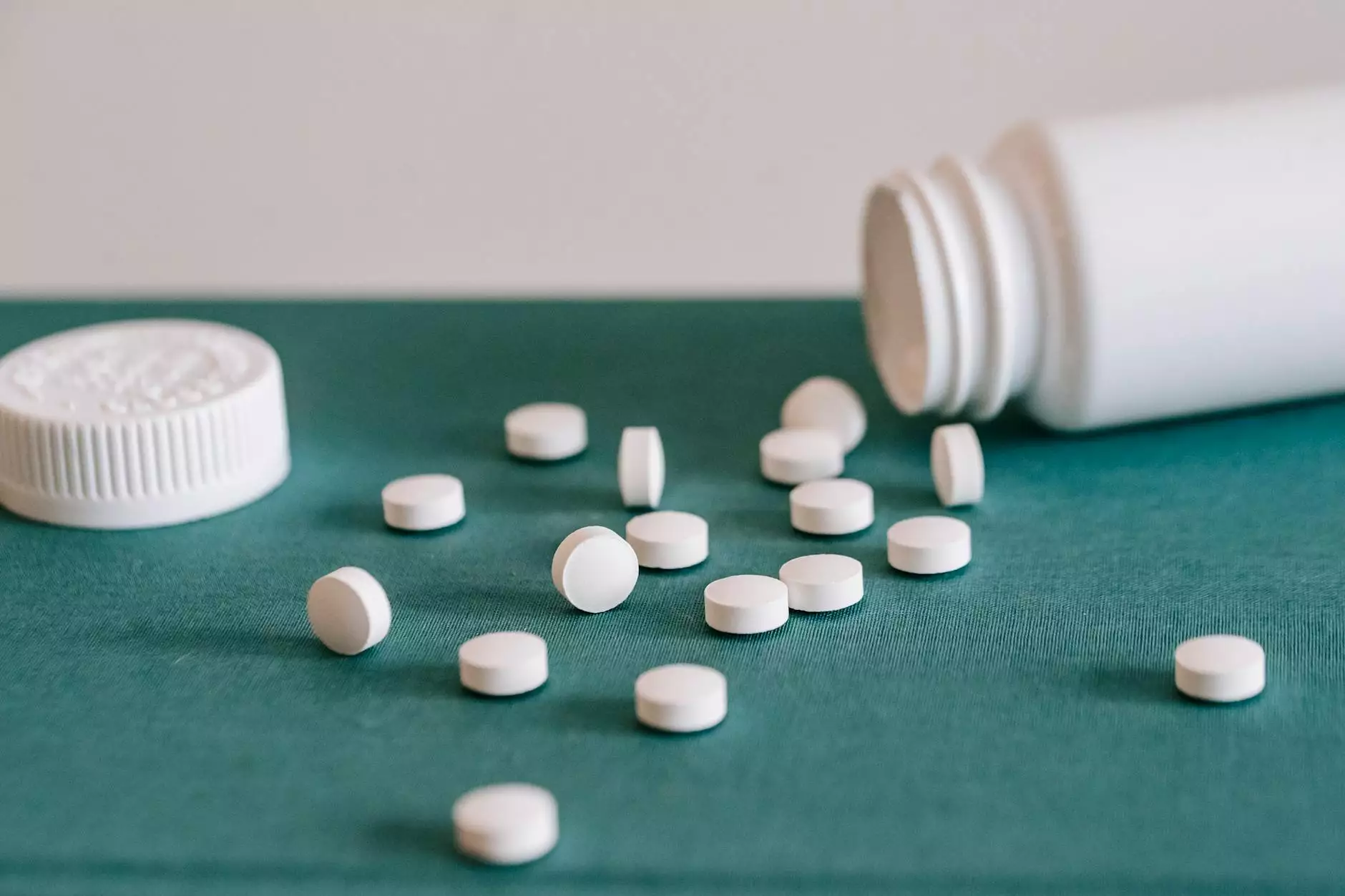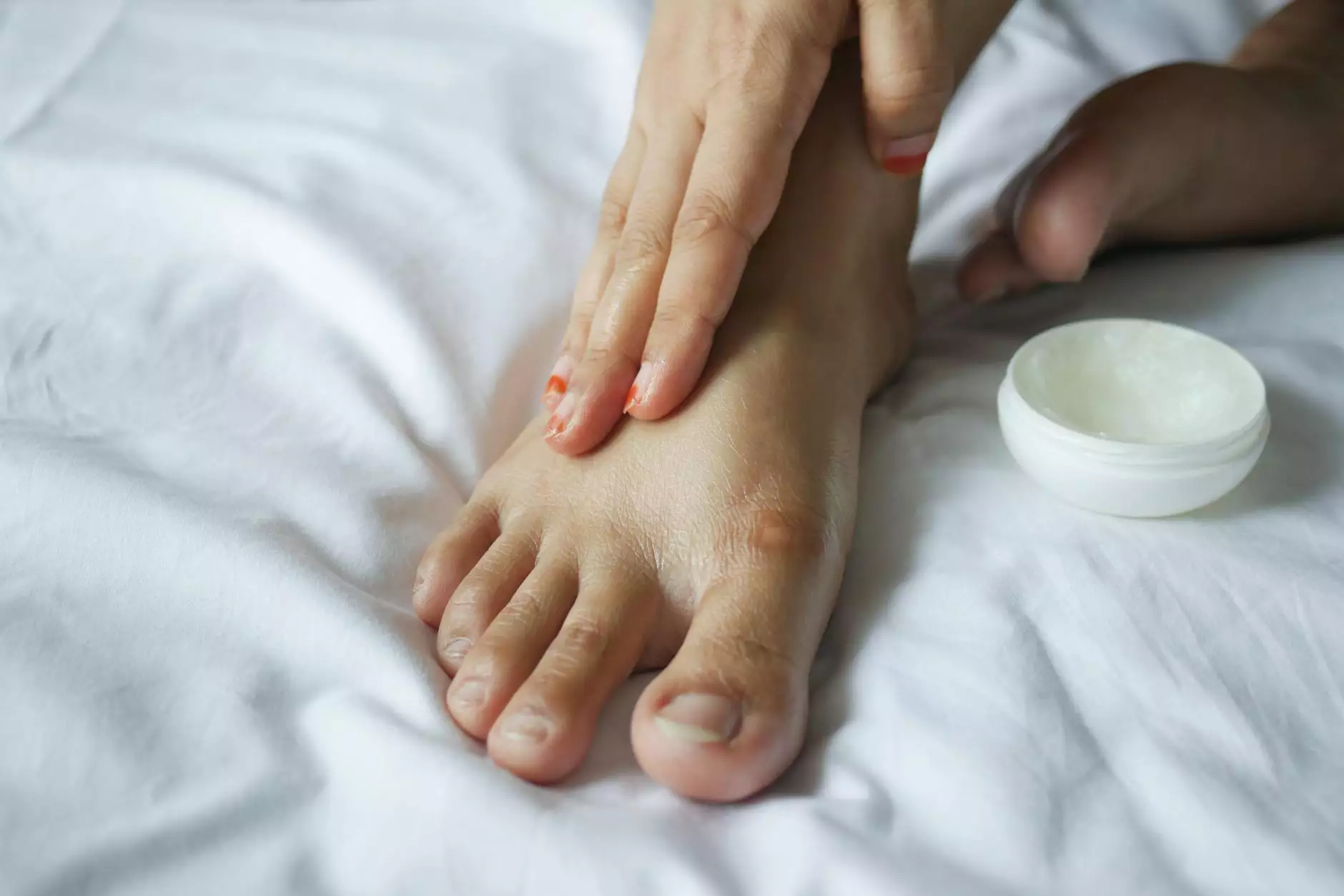How often do moles turn into melanoma?

Welcome to Foley James D MD, your trusted source for information on skin health and melanoma prevention. In this article, we will explore the frequency at which moles can develop into melanoma and discuss the importance of early detection.
Understanding Moles and Melanoma
Moles are common skin growths that can appear anywhere on the body. They are typically brown or black in color and can vary in size and shape. Most moles are harmless and don't require any medical intervention. However, in some cases, moles can transform into melanoma, a type of skin cancer.
It is essential to understand that not all moles will develop into melanoma. In fact, the majority of moles will remain benign throughout a person's life. However, it is crucial to monitor your moles regularly and be aware of any changes that may indicate the development of melanoma.
How Common Is the Transformation of Moles into Melanoma?
The risk of a mole turning into melanoma is relatively low. According to medical studies, less than 1% of moles will develop into melanoma. The transformation from a benign mole to melanoma usually occurs over an extended period, and early detection is key to successful treatment.
Factors that may increase the risk of a mole becoming melanoma include:
- Frequent sun exposure and sunburns
- Having a large number of moles (more than 50)
- A family history of melanoma
- Fair skin, light hair, and light eye color
- Weakened immune system
It's important to note that while these factors may increase the risk, anyone can develop melanoma, regardless of their skin type or family history.
Early Detection and Prevention
Regular self-examinations of your skin can help in the early detection of melanoma. It is recommended to perform a monthly check of your moles and look out for any changes in size, shape, color, or texture. If you notice any suspicious changes, such as asymmetry, irregular borders, or an increase in size, it is crucial to consult a dermatologist for further evaluation.
Maintaining a sun-safe lifestyle is also vital in preventing both moles and melanoma. Some tips for sun protection include:
- Applying sunscreen with a high SPF regularly
- Wearing protective clothing, such as hats and long sleeves
- Seeking shade during peak sun hours
- Avoiding tanning beds and sunlamps
Regular visits to a board-certified dermatologist, like Dr. Foley James D MD, are essential for comprehensive skin health care. Dermatologists can provide expert guidance on mole monitoring, skin cancer prevention, and early detection.
Conclusion
While the transformation of moles into melanoma is relatively rare, it is crucial to remain vigilant and proactive about your skin health. Regular self-examinations, sun protection, and visits to a dermatologist are key in reducing the risk of melanoma development. Remember, early detection and treatment can significantly improve outcomes and save lives.
Visit Foley James D MD today and schedule an appointment with our experienced team. We are here to support you in maintaining healthy skin and preventing melanoma.

